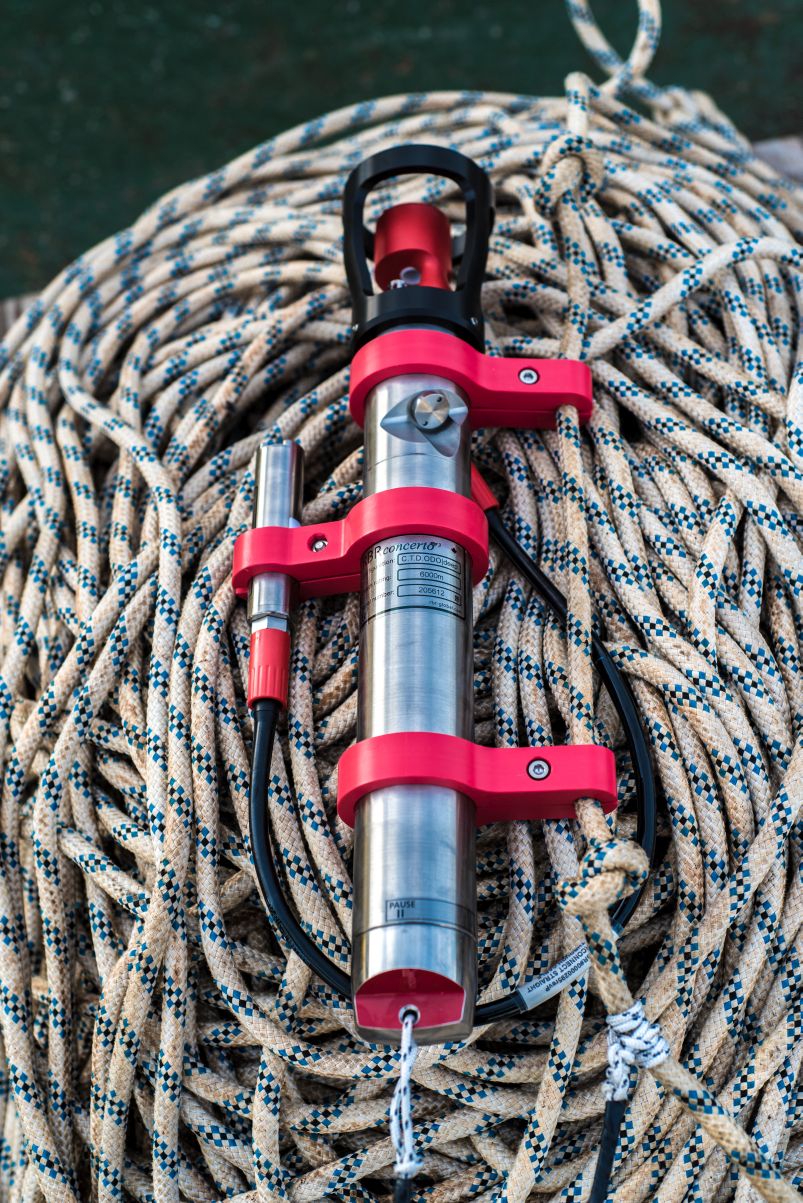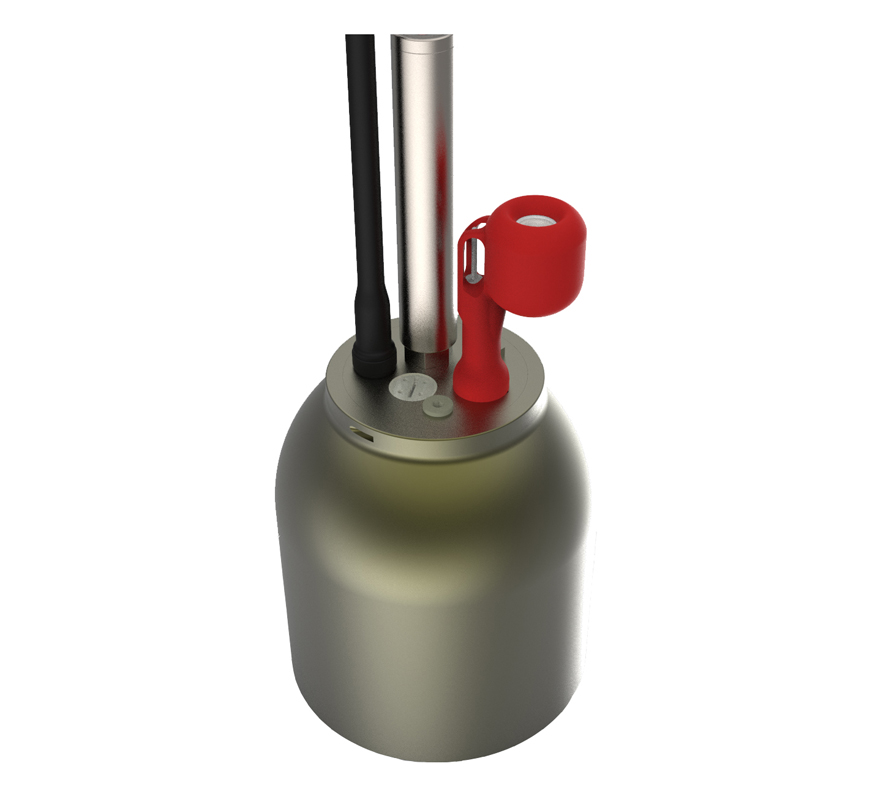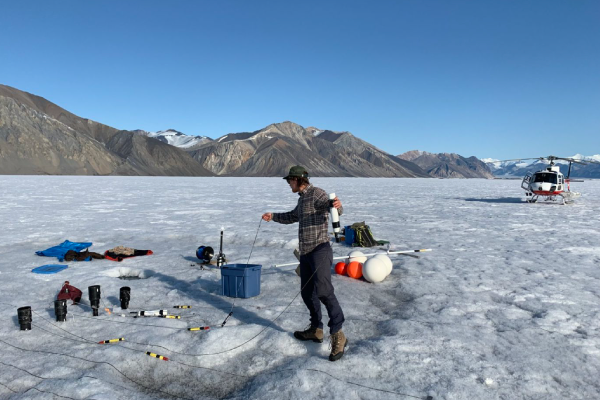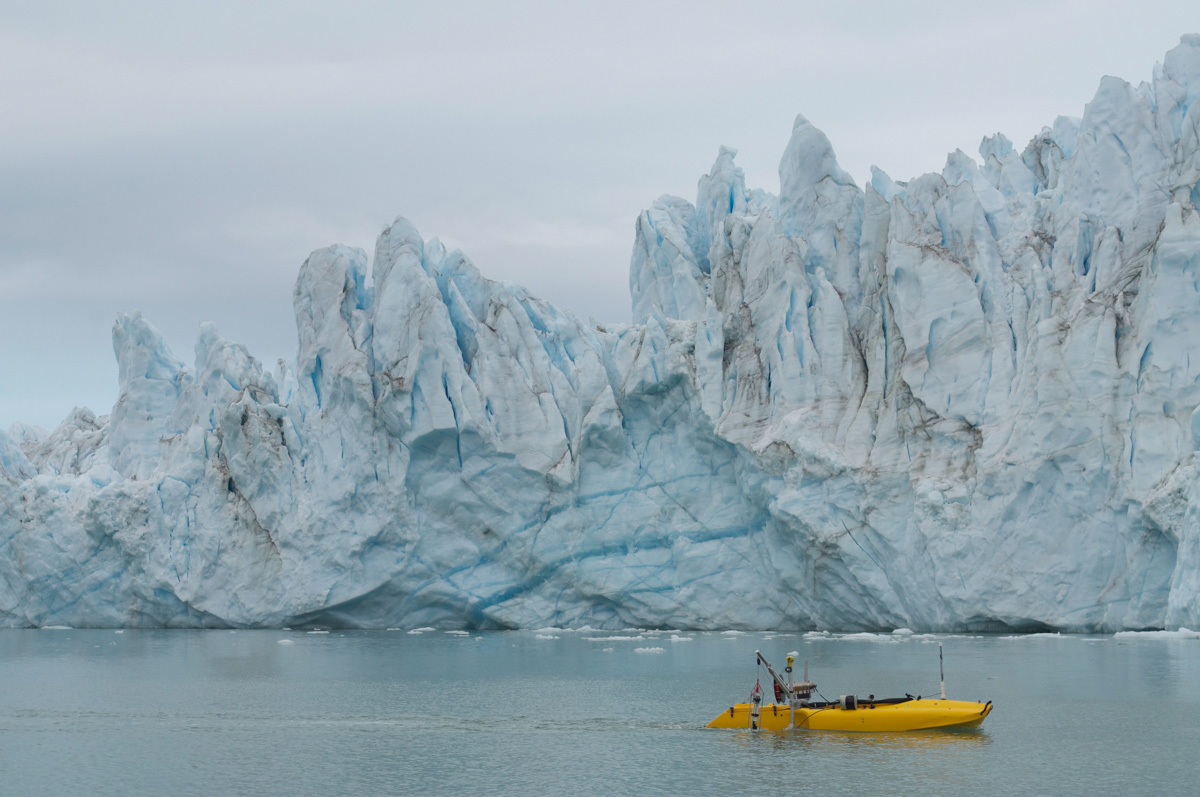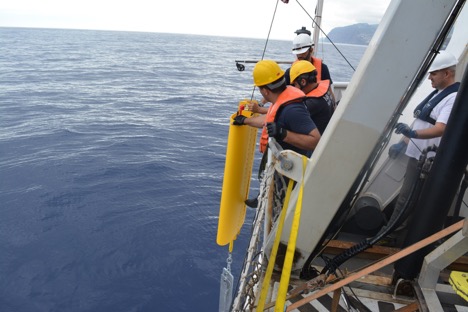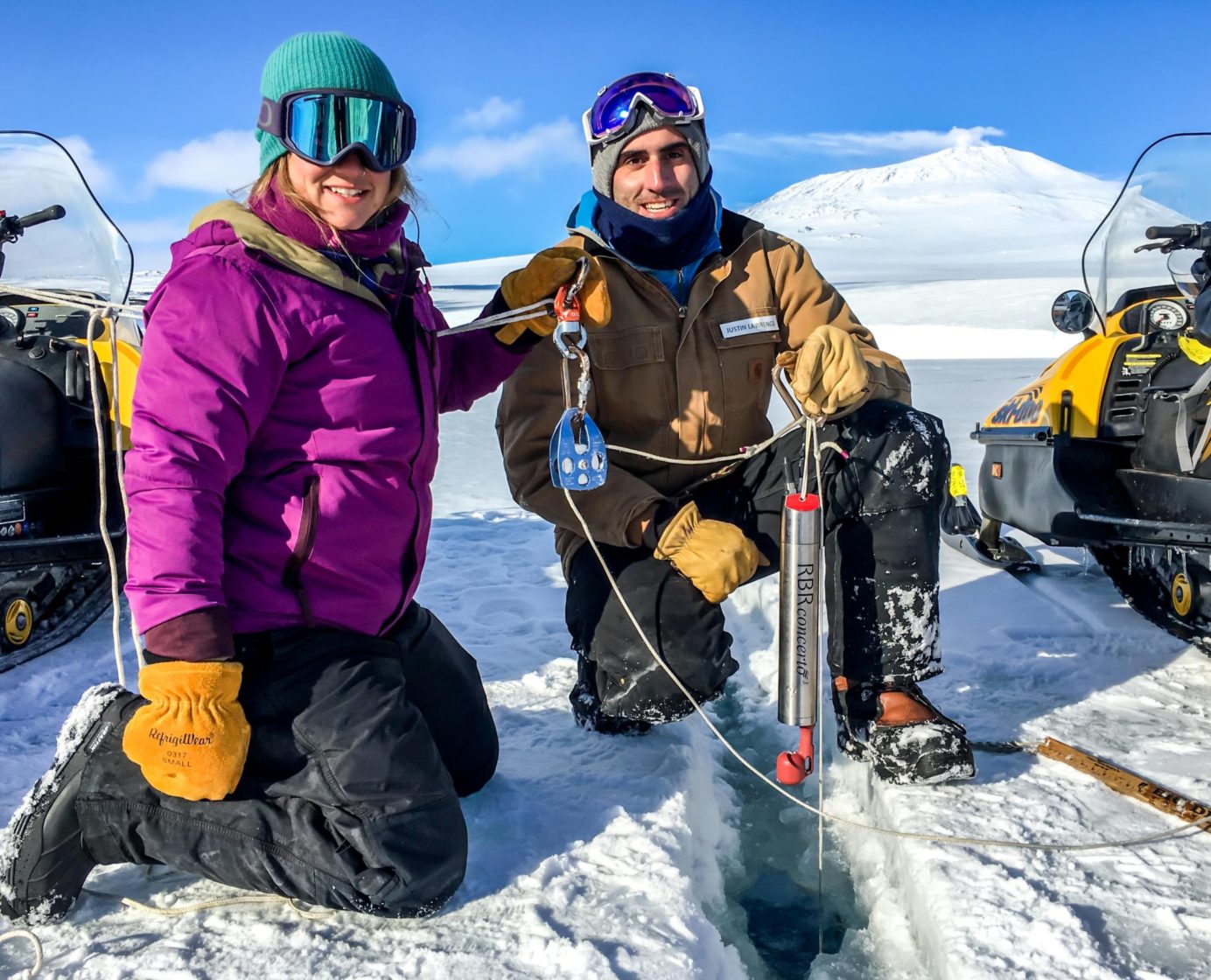In February 2021, two deep-sea moorings were deployed in the west Cretan Sea strait (south Aegean Sea) between Crete and Antikythira. The moorings were equipped with two RBRconcerto3 deep-sea loggers, including pressure, temperature, conductivity, and RBRcoda T.ODO dissolved oxygen sensors. The RBR loggers were deployed both at the strait bottom (~900 m) and at intermediate depth (300 m), paired with … Read More about RBR loggers deployed in the Cretan Sea (Eastern Mediterranean Sea) to monitor climatic change impact on the marine environment
Observing ocean health: RBR, Dalhousie and DFO collaborate to develop new biogeochemical sensors
The ocean’s contribution to climate change may not be as visible as that of the atmosphere, but in lock-step with the atmosphere, the ocean is changing. The physical dynamics of its currents and temperature are changing, as well as its chemical and biological aspects; its biogeochemistry. Knowing the ocean’s biogeochemistry, including ecosystem health and the ocean’s ability to absorb carbon, … Read More about Observing ocean health: RBR, Dalhousie and DFO collaborate to develop new biogeochemical sensors
RBR instruments study sea level rise in the Canadian Arctic
Since the writing of this story, published in ECO Magazine, the Milne Ice Shelf has collapsed into the Arctic Ocean. A team of Canadian and American researchers are using RBR temperature and salinity loggers to study how the Arctic’s ice shelves are changing over time. By understanding their disappearance, the researchers are able to predict the dynamics of the much … Read More about RBR instruments study sea level rise in the Canadian Arctic
WHOI’s ChemYak equipped with RBRconcerto CTD captures outgassing pulse during ice break-up in Cambridge Bay, Canada
In spring 2018, researchers from Woods Hole Oceanographic Institution (WHOI) surveyed the Arctic nearshore of Cambridge Bay, Canada, by remote-controlled kayak equipped with an RBRconcerto CTD. The CTD and chemical data they collected captured the outgassing pulse associated with ice break-up and helped them identify the physical dynamics that created the pulse, allowing them to better constrain the annual greenhouse … Read More about WHOI’s ChemYak equipped with RBRconcerto CTD captures outgassing pulse during ice break-up in Cambridge Bay, Canada
Uncovering the Ocean Dynamics Off the Coast of Madeira Island, Portugal
In the lee of Madeira Island, a famous-to-oceanographers formation occurs. To better understand ‘Madeira-Mode Water’, a team of researchers from the Oceanic Observatory of Madeira (OOM) set out in July, 2018, with an RBRconcerto³ CTD mounted to a Del Mar Oceanographic (DMO) Wirewalker and observed the daily thermocline cycle at a new level of detail. From the Portuguese naval ship … Read More about Uncovering the Ocean Dynamics Off the Coast of Madeira Island, Portugal
From Antarctica to Jupiter’s Moons
Since 2014, a group of researchers from the Georgia Institute of Technology (GIT) have been working in Antarctica to develop the underwater vehicle called the Icefin. Funded by NASA through the RISE UP (Ross Ice Shelf and Europa Underwater Probe) grant, the Icefin has been developed to study the under ice conditions on Jupiter’s moon Europa. The GIT team are … Read More about From Antarctica to Jupiter’s Moons
